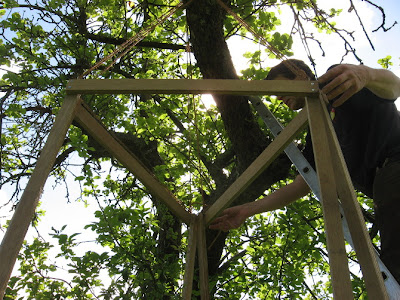Everybody gather your wits about you - and pick up your feet and go for a walk. Bring back anything and everything you find, take photos, write notes, plot the route on a map.
Bring it all to LCC on Tuesday 5th March and add it to the Walks Wall that will be in the Street Gallery by the ramp that leads to the Design Block.
Anything goes - from your walk to uni today, or a walk you took years ago - to a walk your parents took before you were even a glimmer of thought in their minds - from photocopies of pages from travel journals and books about journeys, to muddy walking boots nailed to the wall, to the lyrics of folk songs that pay homage to the road.
As long as they are items that could not have been acquired or made had the creator not gone for a walk.














































